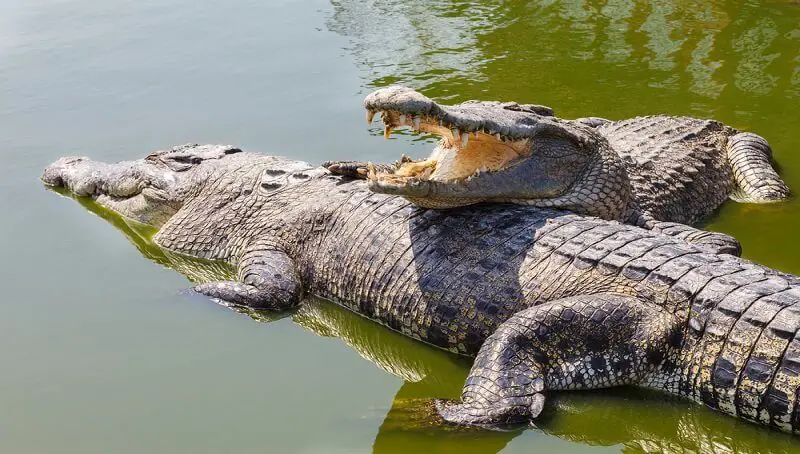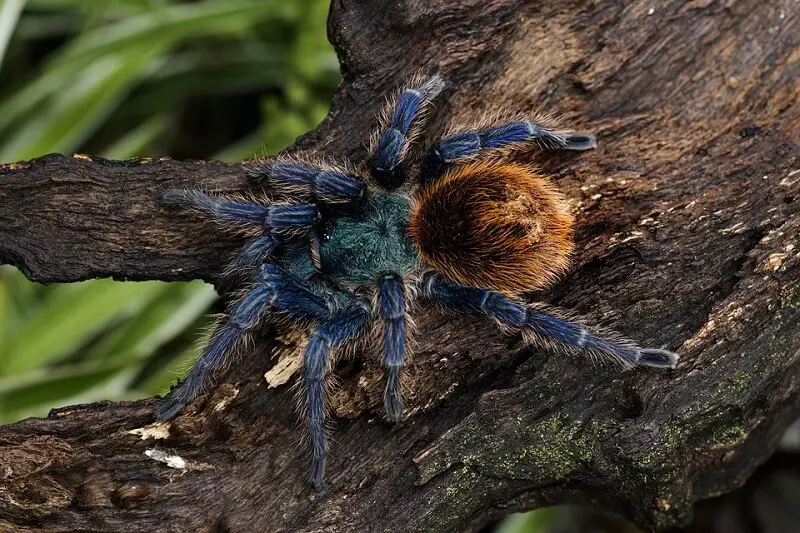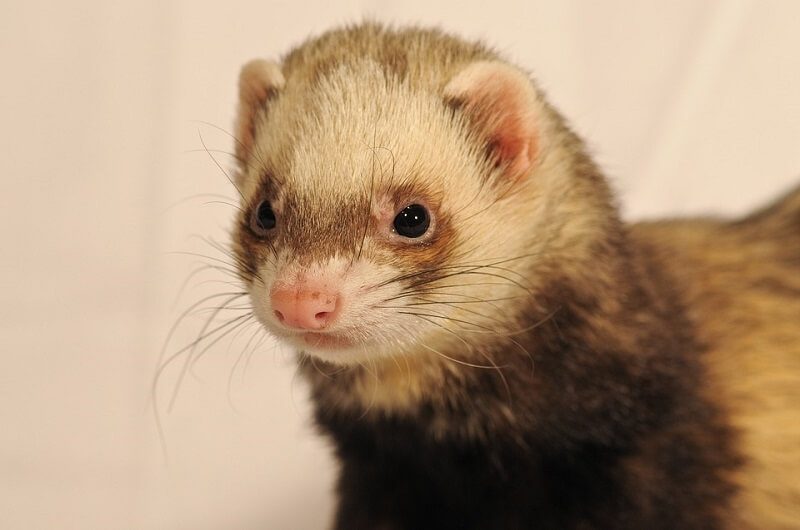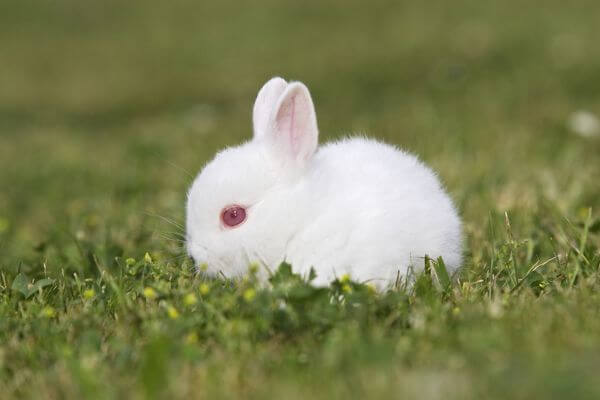In the taxonomic classification system, reptiles belong to the Reptilia class. Below you will find different subclasses like Anapsida and Euriptilia. Further below the Euriptilia are the orders of Crocodilia, Sphenodontia, Testudinidae, and Squamata. Now, the lizard is just one of the reptiles classified under the Squamata command. In this group there are about 7 900 different species, making it the largest order in the reptilian class. This would also mean that not all reptiles are lizards, but all lizards are considered reptiles.
Lizards and reptiles should not be confused with each other. A lizard is a kind of reptile that has several other subfamilies.
The main difference between the crocodile and the lizard is that the crocodile is a large reptilian carnivore and the lizard is a suborder of reptiles.
What are lizards?
Lizards are a widespread group of Squamata reptiles, with over 6.000 species, ranging across all continents except Antarctica, as well as most oceanic island chains. The group is paraphyletic because it excludes snakes and Amphisbaenian, which are also squamates. Lizards range from chameleons and a few centimeters long geckos to the 3 meters long Komodo dragon.
You might also like my articles on whether crocodiles can be tamed and on the lifespan of leopard geckos.
Most lizards are four-legged, running with a strong movement from side to side. Others are without legs and have long snake-like bodies. Some, such as Draco lizards, which live in the forest, are able to slide. They are often territorial, battling other males and signaling, often with bright colors, to attract mates and intimidate rivals. Lizards are mainly carnivorous, often patient predators. Many small species eat insects, while the Komodo eats mammals as large as the water buffalo.
Lizards use a variety of anti-predator adaptations, including venom, camouflage, reflex bleeding, and the ability to sacrifice and regain their tails.
What are crocodiles?
The crocodile is an order of reptiles that together with the birds are the last descendants of the Archosaurians, a category of dinosaurs.
Crocodiles have descendants since 240 million years ago. To date, there are 23 species of crocodiles.
They all belong to the Crocodylidae family. To be more specific, the family Crocodylidae is the main family while Crocodylinae is a subfamily of true crocodiles.
The male crocodile can reach more than three meters long, while the female rarely exceeds two meters. There are also some cases of giant crocodiles that can reach 5 or 6 meters long, like the saltwater crocodile.
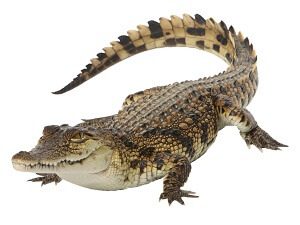 Both males and females live about 55 to 115 years. Crocodiles live in the tropical regions of Africa and Australia while alligators live only in South America and North America. They don’t live in Europe at all.
Both males and females live about 55 to 115 years. Crocodiles live in the tropical regions of Africa and Australia while alligators live only in South America and North America. They don’t live in Europe at all.
Adapted to water, crocodiles also acquired the proper appearance: Their head is flat, with a very long muzzle, the body is flattened, and the legs are very short.
On land, these animals are sedimentary and vulnerable, so they prefer to move exclusively in water. If necessary, it can move to another body of water by walking on the ground, exceeding a few kilometers.
Crocodiles live in herds and they are known to be quite capable of eating their relatives, and males often attack the crocodile babies. In each group, there is a dominant male, who is strongly protecting its territory from the same major individuals like himself, showing a powerful attitude. These reptiles are able to express their emotions in different ways like hissing, mumbling, growling, and even hoarse.
Despite the fact that crocodiles prefer to hunt at night, or in the afternoon, if the prey is not far from them, they do not simply ignore it. The information about a potential victim is received from receptors located on their jaws, which are able to feel the prey, even from a large distance.
The alimentary preferences of the crocodile are largely dependent on its age and size. Young individuals prefer invertebrate animals, while adults prefer amphibians, small mammals, reptiles, and birds.
Why crocodiles are not lizards?
These animals live only in warm countries with humid climates: Africa, Japan, Australia, Bali, North and South America, Guatemala, and the Philippines. The crocodile is a predator, so it eats fish, shellfish, birds, lizards, snakes, antelopes, deer, buffalo, wild boar, dolphins, sharks, leopards, lions, and hyenas. These animals can even eat a monkey and a pig, a kangaroo, and a rabbit. And there are times when crocodiles eat one of their own.
Differences between crocodiles and lizards:
Crocodiles
- They’re big.
- They are adapted to both terrestrial and aquatic environments.
- They live in warm environments.
- They move heavily on the ground but swim easily.
- They’re predators with unequal teeth, which attack mostly from the water.
Lizards
- They’re tetrapods, most of them insectivores.
- Their color is similar to the living environment.
- Their body ends with a narrow tail toward the top.
- Their limbs have claws, with which they cling to the ground.
- Their teeth are conical and small, and the tongue is movable and sticky.
Final words
Many think that the lizard and the crocodile are almost the same thing due to their similarities at a quick glance.
A crocodile will never be a lizard. Of course, they are both reptiles, but that is all. One is from the Crocodilian order while the other is from the order of Squamata.
